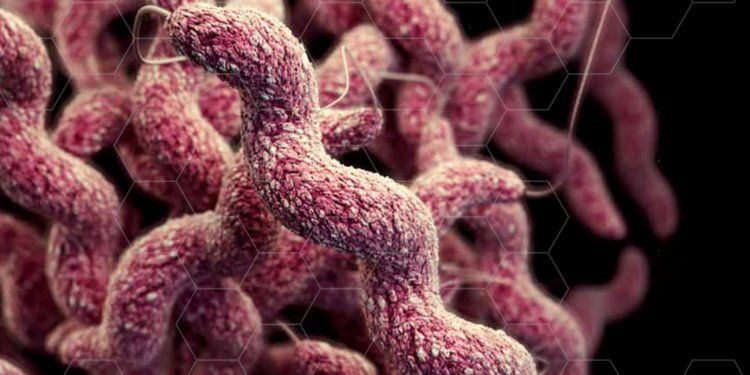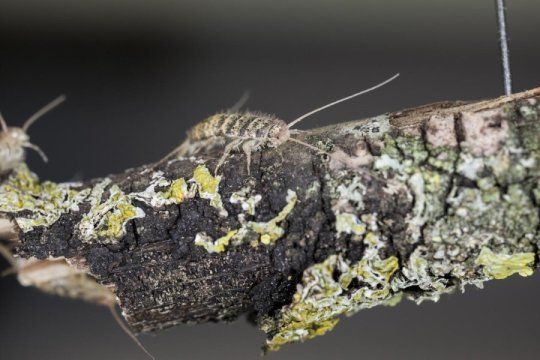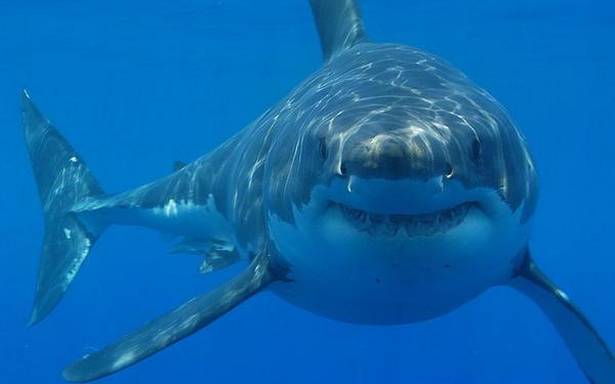Feb 26, 2018
A startup that wants to better understand the relationship our gut has to our brain just raised $66 million
Posted by Shailesh Prasad in categories: biotech/medical, mapping, neuroscience
A startup working to better understand the relationship our gut has with our brain has raised another $66 million.
New York-based Kallyope raised its series B round from new investors Two Sigma Ventures and Euclidean Capital. They were joined by Polaris Partners, Illumina Ventures, Lux Capital and others that had invested in Kallyope’s $44 million series A round in 2015.
Kallyope is trying to figure out how exactly the brain interacts with the gut by mapping it out. By collecting sequencing information about cells in the gut, for example, Kallyope can better figure out how they’re connected to neurons in the brain in a series of circuits. Understanding that relationship could lead to pills that could interact with the gut’s signals and in turn pass that message along to the brain.


















